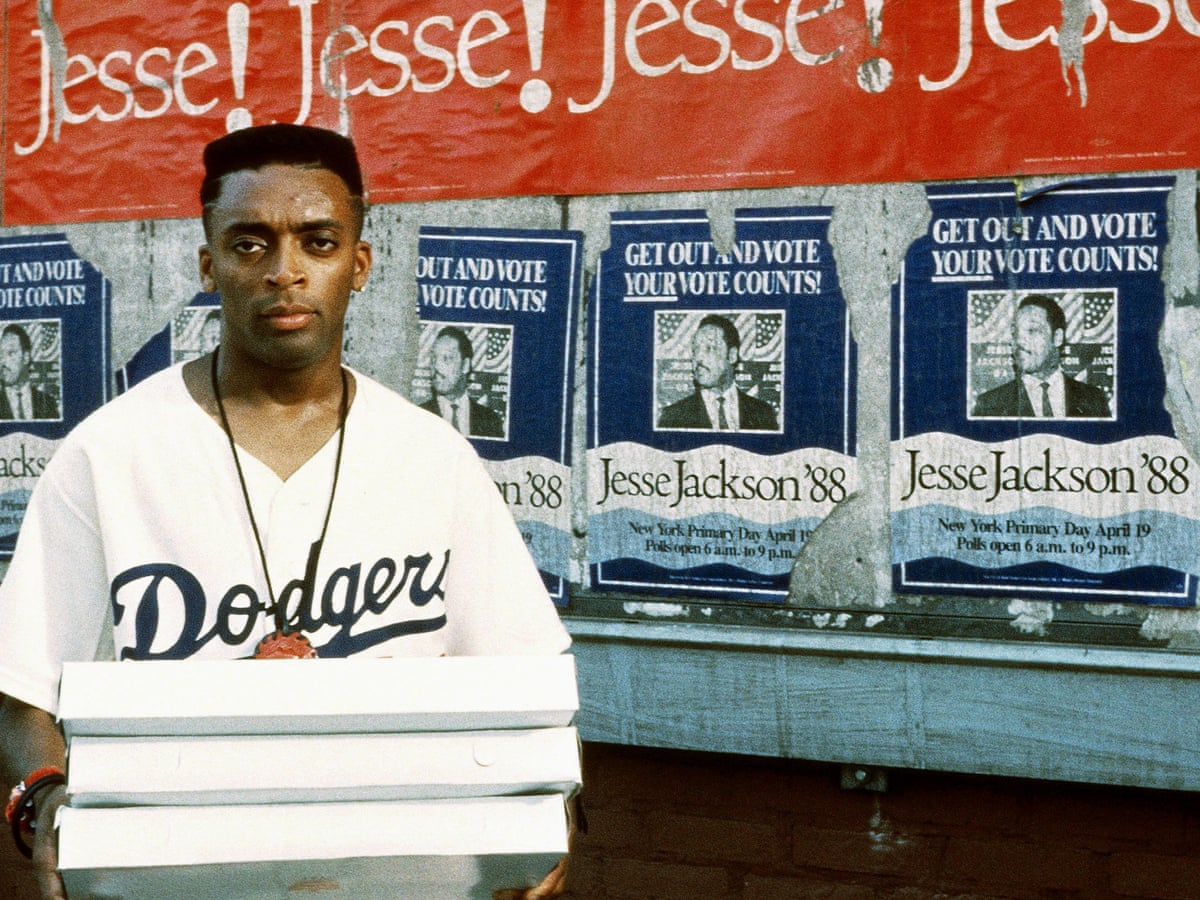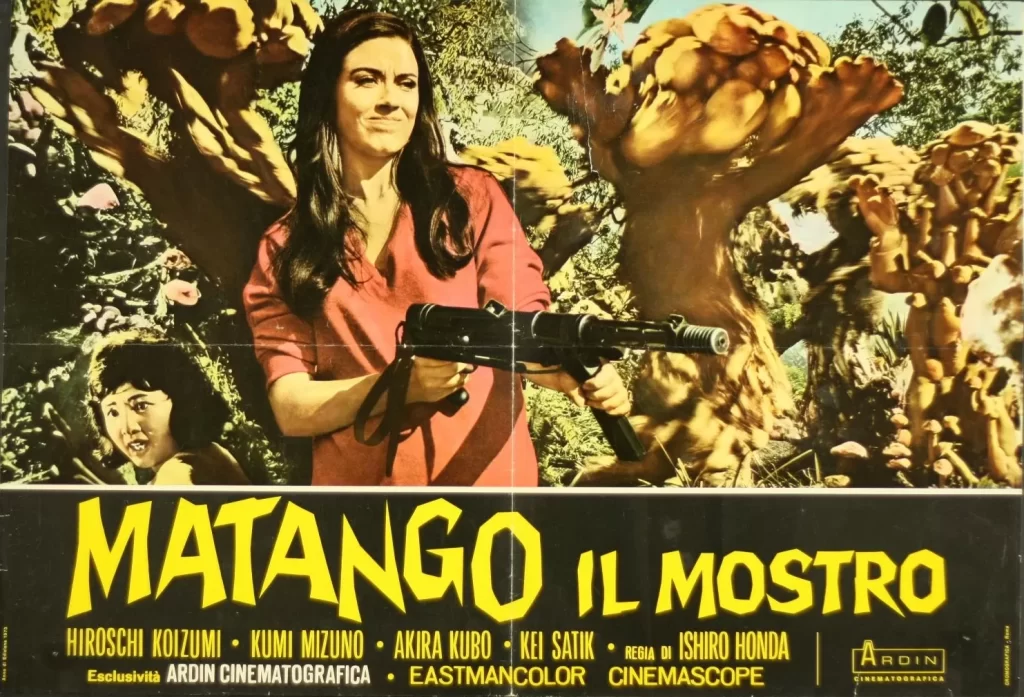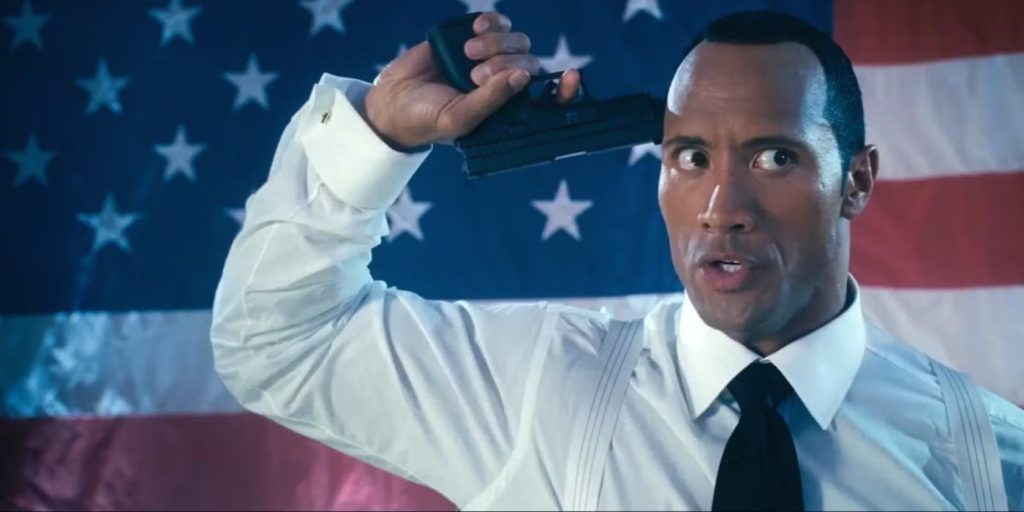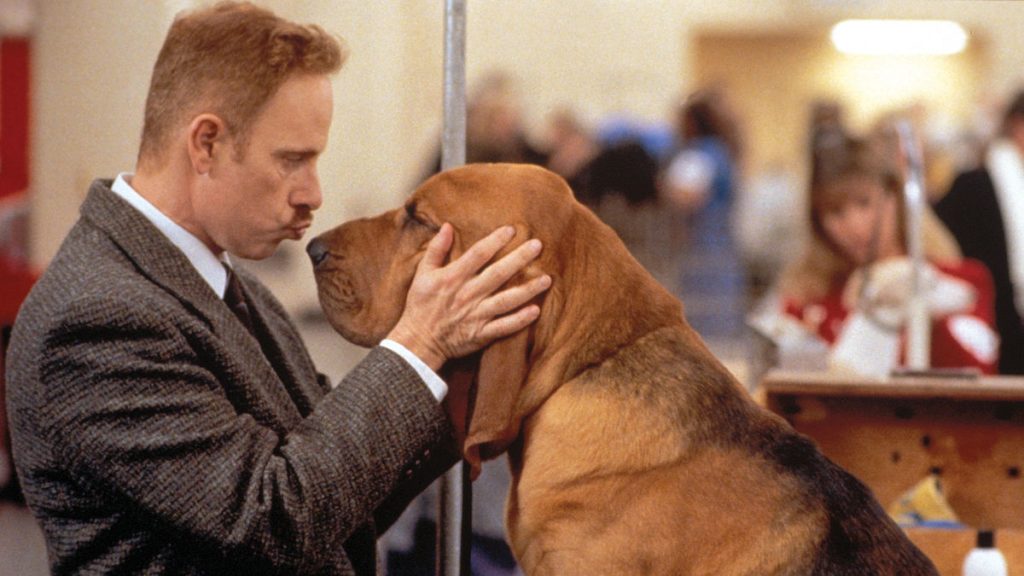New York City on the hottest day of the year: a perfect backdrop for racial tensions to escalate in Spike Lee’s Do the Right Thing. Heat in the city, especially in poor and working class neighborhoods in 1980s Brooklyn, isn’t anything like heat in the suburbs. We’re talking pre-war, fifth floor walk-ups with ancient fans and the kind of humidity that just sits in the air. Indoors is intolerable, so apartments burst at the seams and explode out into the street. That’s where the key tension comes into play in Do the Right Thing, as members of a Brooklyn community jockey over one of the most valuable commodities available in a city during a heat wave: privileged access to public space. If visibility is a form of power, who has a right to be visible here, and how will they assert that power? In short: who owns Brooklyn?
Throughout Do the Right Thing, we see characters demand to take up space. Rosie Perez’s iconic opening dance number to “Fight the Power” sets the tone for this conflict early on. The entire point is that it’s unapologetic, aggressive, unrestrained. Her confidence and outright anger are a demand to be seen, and the audience really has no other choice. This is bold in and of itself; how often are women of color, especially on screen, expected to cede their power and make room for more traditionally dominant figures? The fact that this dance sequence is set on the street, where she’s framed by Brooklyn brownstones, is telling. In this community, especially in the midst of a historic heat wave, almost all of life is conducted in the public sphere. This space, therefore, is their most precious commodity, which needs to be jealously guarded from outsiders and people in positions of authority who can take advantage of their relative disenfranchisement.
Throughout the film, music and noise are used as a method through which disenfranchised characters are able to take up space. Insofar as loud noises serve as a disruption to normal activities, this prevents them from being made invisible. When we are first introduced to Mister Señor Love Daddy (Samuel L. Jackson), a local DJ who operates throughout the film as a Greek chorus, he is sending out a call to wake everyone up in the morning. Here his lines are a string of nonsensical words and phrases said, then repeated backwards, to the point that his dialogue is rendered essentially meaningless. It doesn’t actually matter what he’s saying, because he is loud and commanding attention, forcing people to listen to him.
Radio Raheem (Bill Nunn) subscribes to the same philosophy. An imposing figure, he can be seen throughout the film wielding a large boombox that blares “Fight the Power,” announcing his presence wherever he goes. When Radio Raheem is first introduced, the other four characters are crammed into one shot – the camera is even tilted so that they can all fit. But when it cuts to Raheem, he gets an extreme close-up all to himself – his head takes up the entire frame, and Lee uses a low angle to further present him in a position of strength. Raheem’s boombox demands space for him, and he gets it.
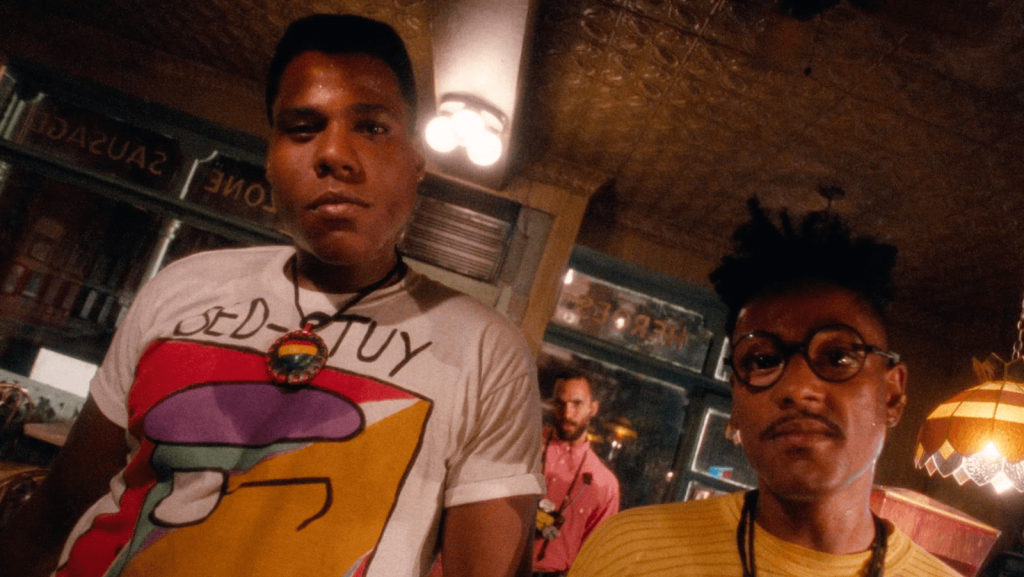
But batteries don’t last forever, especially if you’re using them to power a massive boombox all day. At a certain point, we hear his boombox begin to die – and it’s as though he’s physically deflating, Sampson being stripped of his greatest strength. He goes to the Korean-owned grocery store to buy new batteries, and enters into a battle over communication with the owners, who struggle to understand his requests. Radio Raheem is economically disadvantaged in comparison with the Korean shopkeepers and feels especially vulnerable because his source of power in the community is broken, so he emphasizes the one thing he has over the Koreans – his fluency in English.
Tellingly, there is no music allowed at Sal’s Famous Pizzeria. In order for Sal (Danny Aiello) to neutralize Radio Raheem’s power and therefore retain his dominance, he has to prevent Radio Raheem from challenging his authority. When Raheem comes in, music blaring, Sal is immediately agitated that his boombox has intruded on Sal’s dominion. Eventually, it takes Sal utilizing his source of power (the baseball bat he uses to protect the pizzeria, an instrument of brute force and authoritarianism) to destroy Raheem’s, precipitating the conflict that will eventually spiral into a full-scale riot.
What makes Spike Lee’s Do the Right Thing such a unique exploration of racial tension in an urban environment is that he refuses to simplify the conflict solely in terms of Black vs. white. He carefully considers all the stakeholders that make up the living organism that is a city neighborhood, almost more interested in how power dynamics are asserted than the injustice that they exist in the first place. His use of frenetic dance and especially music as an assertion of power is a bold redefinition of how disenfranchised communities reclaim visibility in the constantly shifting urban landscape of the late 1980s.
